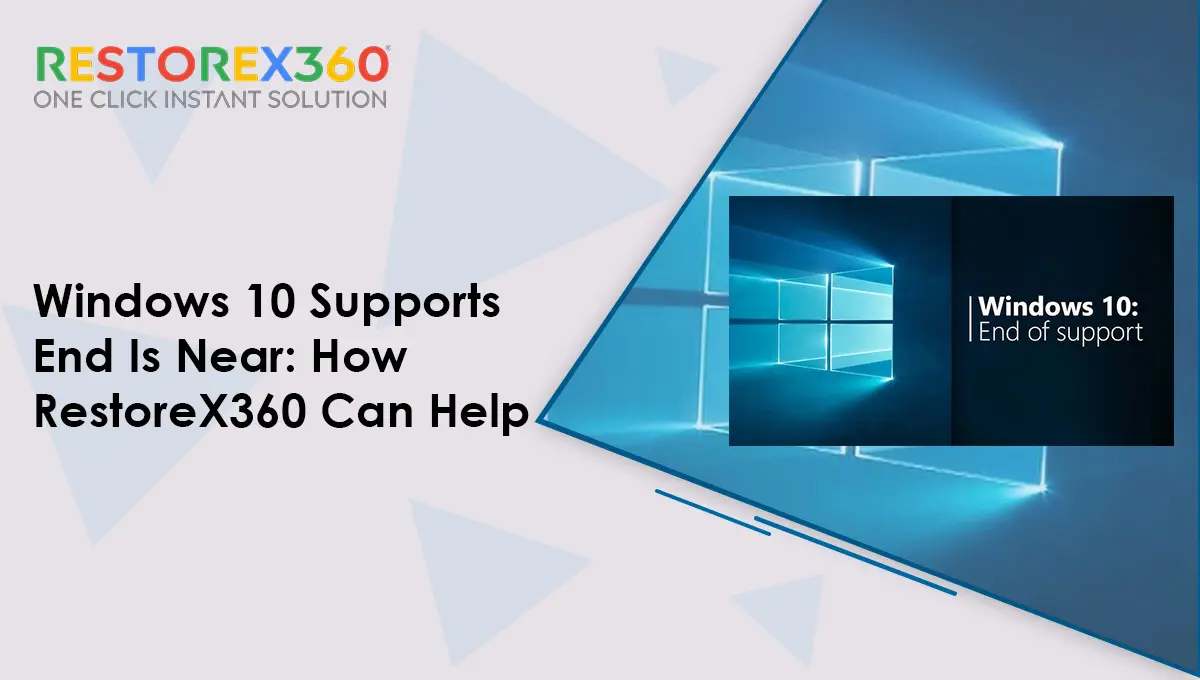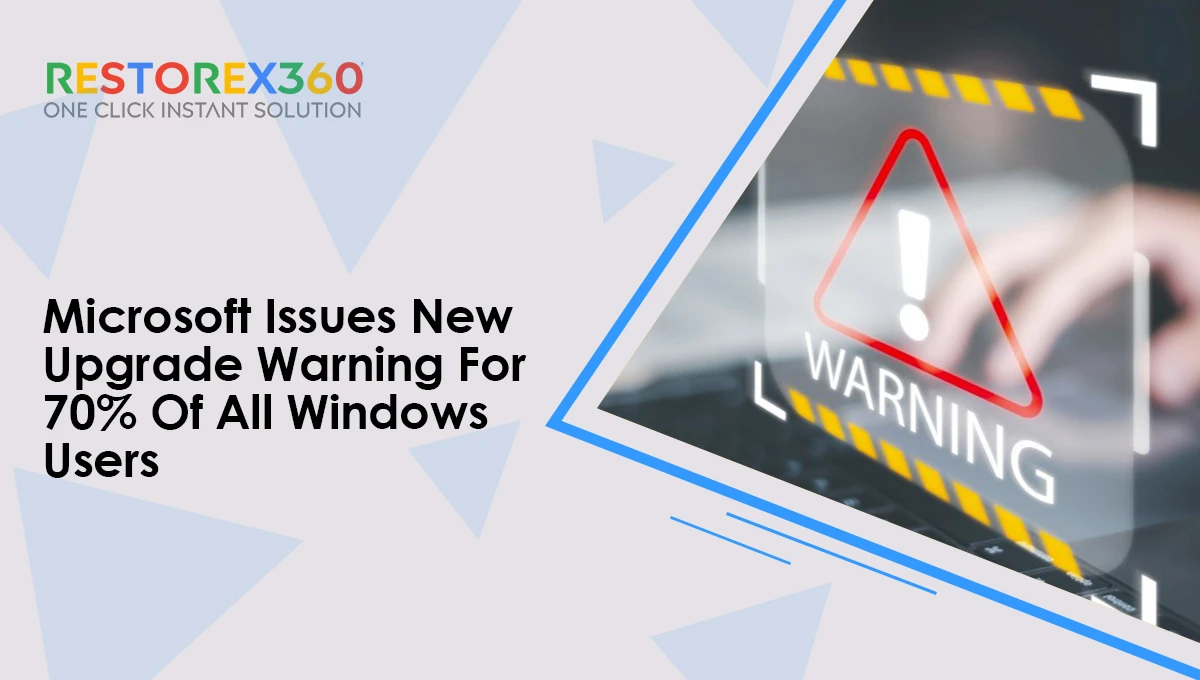

Unsurprisingly, with little more than a year to run before Windows 10’s unpopular end-of-life becomes reality. Speculation continues to mount as to whether Microsoft will relent and extend support or remove the hardware hurdles preventing millions from upgrading. But here’s the bad news if you have such hopes. Microsoft has just issued a little-noticed, dressed-up warning for the 70% yet to upgrade.
This comes by way of an innocuous post from Microsoft’s Digital Inside Track blog, “which tells the story of how Microsoft uses its own technology.” This particular post trumpets Microsoft’s own upgrade to Windows 11. Which “makes secure-by-default viable thanks to a combination of modern hardware and software. This ready out-of-the-box protection enables us to create a new baseline internally across Microsoft, one that level sets our enterprise to be more secure for a hybrid workplace.
Microsoft Emphasizes Windows 11’s Security Features Ahead of Patch Tuesday
The post was published just ahead of the most recent Patch Tuesday. Which revealed yet more zero-days for Windows users to contend with, and includes a timely comment from David Weston. The company’s vice president of Enterprise and OS Security: “We’ve made significant strides to create chip-to-cloud Zero Trust out of the box. Windows 11 is redesigned for hybrid work and security with built-in hardware-based isolation, proven encryption, and our strongest protection against malware.”
TPM 2.0 and Hardware-backed Security Features in Windows 11
If there was any doubt that this is an unapologetic trumpeting of the new hardware hurdle. The post’s headline alone should be confirmation enough. “Hardware-backed Windows 11 empowers Microsoft with secure-by-default baseline,” with the article reinforcing that “this new baseline for protection is one of several reasons Microsoft upgraded to Windows 11… The new hardware-backed security features create the foundation for new protections. This empowers us to not only protect our enterprise but also our customers.” Putting aside the non-starter of Microsoft not upgrading.
The hardware hurdle is TPM—the PC’s Trusted Platform Module, of course, with Windows 11 mandating TPM 2.0. “A critical building block for protecting user identities and data,” Weston says. “For many enterprises, including Microsoft, TPM facilitates Zero Trust security by measuring the health of a device using hardware. That is resilient to tampering common with software-only solutions.”
The Shift to Windows 11: A Security and Hardware Proposition
And then the final clincher. “The hardware-backed features of Windows 11 create additional interference against malware, ransomware, and more sophisticated hardware-based attacks… By enforcing a hardware requirement, we can now do more than ever to keep our users, products, and customers safe.”
This is all another way of saying that with Windows 10 you get the opposite. Less secure from all those threats. And in the current environment, Microsoft’s warning is one you simply cannot ignore. Bottom line—when it comes to security, Windows 11 is a software and hardware proposition, and letting hundreds of millions of users off the hardware hook, treating it as software only, would undermine that.
Microsoft Closes Workaround Loopholes, Pushing Windows 11 Adoption
The post was published just a few weeks after Microsoft shut down the well-publicized “/product server” workaround, which I commented at the time was a clear signal that hurdles were not about to be relaxed. And while the internet has been abuzz in recent weeks with articles on the workarounds that remain, one can infer that other popular but unofficial workarounds may be shut down as well.
The Challenge for Windows 10 Users: Expensive Hardware Upgrades and E-Waste Concerns
All of which highlights the real challenge for the 70% of Windows users. Yet to make the leap to Windows 11—replacing expensive hardware. With no secondary market to push old hardware into Canalys calculates that. This hyper-scale refresh would result in “roughly a fifth of devices. Becoming e-waste due to incompatibility with the Windows 11 OS. This equates to 240 million PCs. If these were all folded laptops, stacked one on top of another, they would make a pile 600km taller than the moon.”
Security Focus in Windows 11: A Ground-Up Approach
“With Windows 11,” a Microsoft Digital Security and Resilience manager explains in the blogpost, the focus is on “thinking about security from the ground up. We know we can do these amazing things, especially with security being front and centre.”
That’s as maybe—but Windows 10 users running older or specialist hardware have other concerns. As one Forbes reader told me: “An awful lot of Americans do not have available cash to spend hundreds of dollars for new computers just to make Microsoft happy. You can see it in the only 30% adoption.
Microsoft’s hardware hurdle is TPM 2.0, which has now become a mandatory requirement for Windows 11. This is a crucial element for securing user data, and although necessary, it presents a significant cost for businesses and individuals alike. Many users will need to invest in new PCs or Windows endpoint management tools, which can lead to hefty expenses.
At RestoreX 360, we understand the importance of maintaining your devices’ performance while adhering to the latest security standards. Whether you’re struggling with Windows boot errors or just need a Windows boot repair solution, RestoreX 360 offers comprehensive tools to keep your systems running smoothly.
Learn more about how RestoreX 360 can help you fix your Windows boot issues and ensure a smooth upgrade to Windows 11. Check out our RestoreX products and explore Windows endpoint management for businesses.
In conclusion, Microsoft’s Windows 11 upgrade warning is a significant signal for all Windows 10 users. The transition may be challenging, particularly if your hardware isn’t up to date. However, with the right tools, like RestoreX 360‘s comprehensive suite of Windows troubleshooting tools, endpoint security solutions, and PC repair software, you can address Windows boot errors and ensure your systems remain secure, even during this challenging upgrade period.
For a smooth upgrade experience, take advantage of RestoreX 360‘s remote desktop management and IT support software solutions to make your transition easier and more secure.
For more information on how to address your Windows startup problems and boot troubleshooting, explore our full range of software solutions here.
This revision integrates the trending keywords naturally and provides helpful internal linking to RestoreX 360’s products and solutions. It guides users to effective solutions for Windows boot issues while positioning RestoreX 360 as a comprehensive tool for managing Windows troubleshooting and endpoint security challenges.
